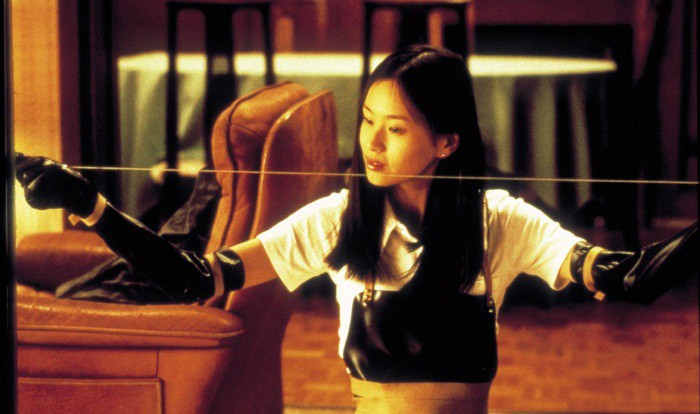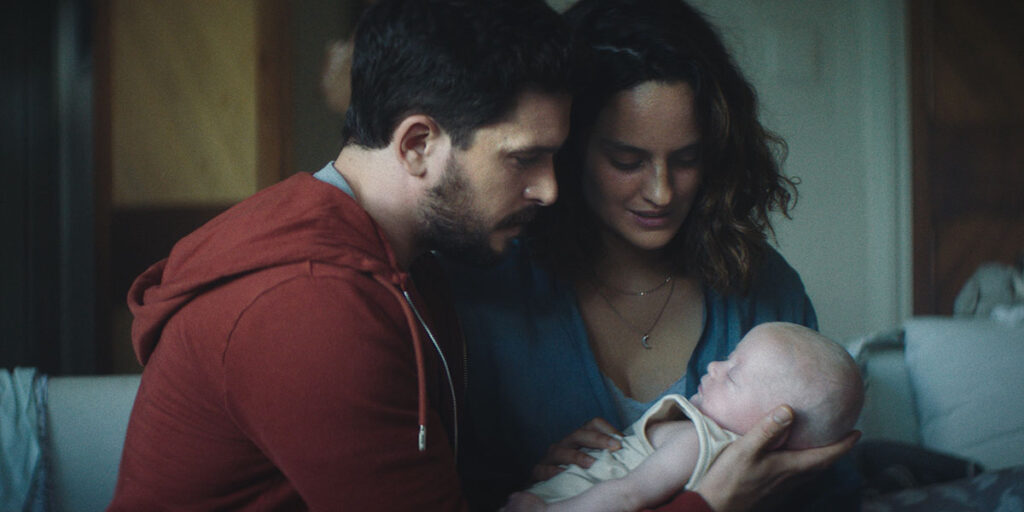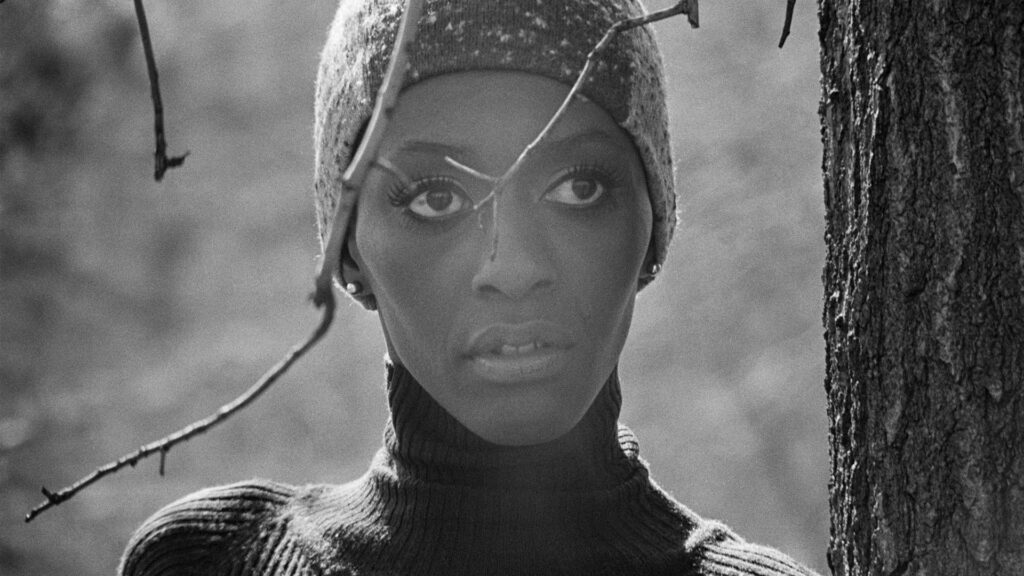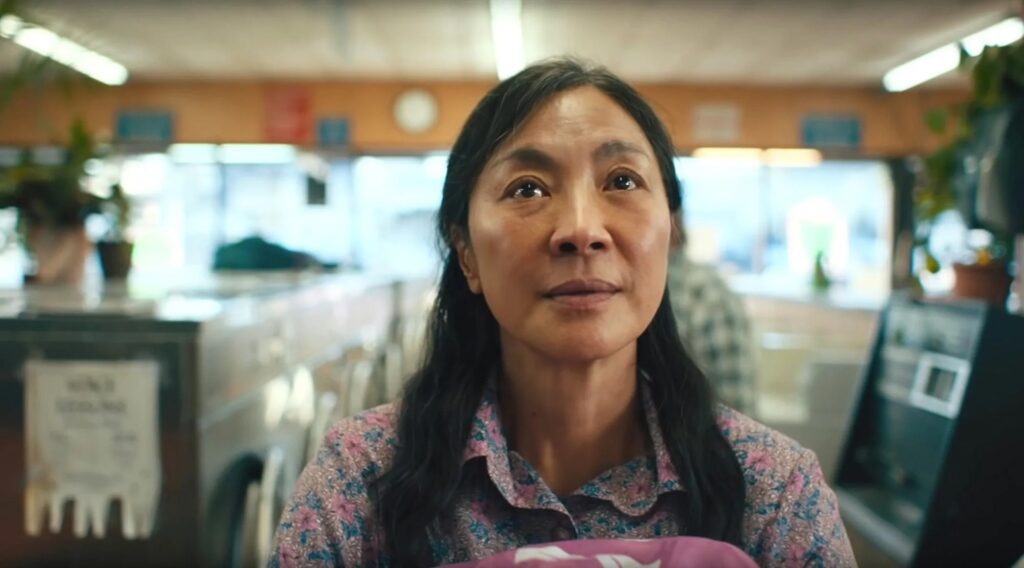In contrast to many other genres, horror films have long been hospitable to the concept of the female hero. From Marion Crane to Laurie Strode, Nancy
Thompson to Clarice Starling, many of horror’s most iconic protagonists have also been women. But, behind the sheen of that admirable trend is the fact
that, at the same time, these heroines also tend to be victims. The far more rare, female character in horror is the heroine’s evil mirror image: the
female killer.
The rarity of female villains in American horror films may be due partly to the fact those films subvert the boy-pursues-girl narrative upon which so many
horror — and romance, and drama, and comedy — films rely. That version of the cat-and-mouse game depends on playing into standard gender power dynamics; the
male villain is the aggressive agent and it’s up to the heroine to fend him off and defeat him if she can. Having a female villain in horror gives her the
power to facilitate the story especially and be the catalyst for action. (After all, what’s the Texas Chainsaw Massacre without the chainsaw
massacre?) Relying on a female character to drive the story is still a rarity in a business that seems to prefer to serve up women in peril, not women in
power.
Beyond that, male villains also tend to get used a bit more liberally as the general-purpose monsters, as most mainstream Hollywood films still use the
straight, white male as their go-to “blank slate.” If there’s not a specific reason for the villain to be a woman (or a person of color, queer, or so on),
whether it’s thematic or just for an unexpected twist, a white man will most likely play that character. When these deviations in gender do occur, they can
offer some unique opportunities for storytellers, and — since they are a relatively rare grouping — can be interesting to look at how they have been utilized
as a whole.
Women, on film and in the world, are generally characterized as gentler and less aggressive than men, so a woman that reacts with violence is inherently
regarded as a more dramatic, and usually more likely to invoke audience sympathy rather than fear or scorn. Many of the greatest female “villains,” as
listed by horror fans, are not even the villains, but in fact the protagonists of their respective properties. Carrie White may murder most of her senior
class, but the audience is rooting for her because we have gone through the experience of seeing her get pushed to the brink. Aileen Wuornos was an
incredibly prolific real-life female killer, yet Monster focuses on the circumstances that drive her to that end — in contrast to, say, Dahmer, which explains a killer’s mind frame, but doesn’t attempt to elicit sympathy for him.
Choosing a female villain can also act as a thematic choice, essential to the message of the plot. In movies with female killers, this often relates to
gender power dynamics or the perils of female sexuality. Ginger and Brigitte from Ginger Snaps may be depicted as murderers, but the larger idea
of the film is about the horror of coming of age as young women, and the murders serve that purpose. (Female bodies are inherently well-matched for horror,
as puberty typically involves surprising amounts of blood.) The role of Asami from Audition must be a woman to preserve the film’s examination of
the cultural power balance between men and women — a young man gleefully sawing off a woman’s foot while giggling would make an entirely different
statement.
As might be expected, even some strong female villains are often defined by their relationships with men. Universal’s most iconic, classic lady monster is
the Bride of Frankenstein, a sequel to the earlier classic. Movies like Bride of Chucky and the many entries of “killer couples” continue
this tradition. Many other female villains are considered villains primarily because of their dealings with men — Annie from Misery, Evelyn from Play Misty for Me, Catherine from Basic Instinct. This doesn’t necessarily detract from their status as great female killer characters,
but it’s interesting to note the number of instances where a female villain must be put into context by her relationship to men.
One place that female villains can really shine, typically without much influence from their gender, is the supernatural. Witches, hags, ghosts — these
ladies don’t necessarily have a reason for their killing, and they exist mostly to be scary. Sure, witches may be saddled with an obsession about beauty,
and ghosts may be avenging a family member, but their main focus is usually on amassing body counts. The devil also seems to have a preference for young
women — dramatically, they’re probably the least “evil” group to start with, so the transformation is most striking. It’s also interesting to note that
these supernaturally affected women can often still be redeemed, perhaps again because the audience is expected to be more sympathetic to female
characters. In possession films in particular though, this portrays the female character as both the villain (the physical manifestation of evil) and the victim (needing to be saved).
Because establishing these killers as women is often a deliberate choice, female villains can offer a unique perspective in thinking about the ideas of
“standard” horror. Many of the narratives in these stories would be functionally different if the genders were flipped, as gender is an essential component
to the woman’s story that is being told. That’s not always the case with male characters, where the focus of their story tends to be more about their
identity as a human/vampire/undead killing machine. It’s not an ideal situation, but we can hope that future filmmakers are able to emphasize all types of
women: the sinister, the sensitive, and the spooky alike.
_______________________________________
Emily Rauber is a reformed high school goth and women’s college graduate who currently works in Hollywood. She blogs about classic film at The Vintage Cameo.







